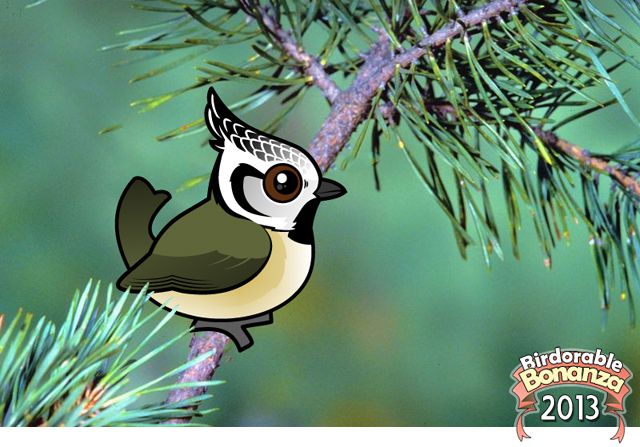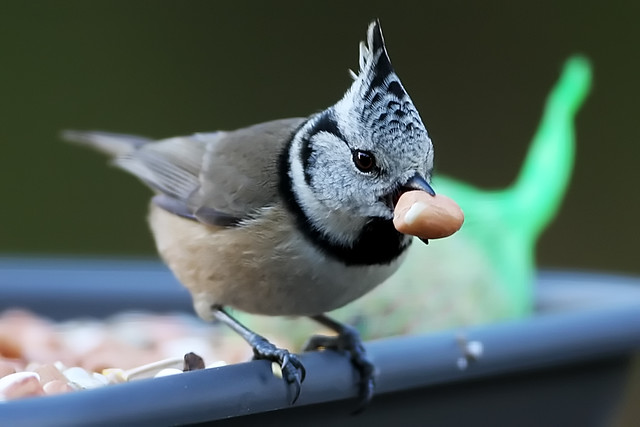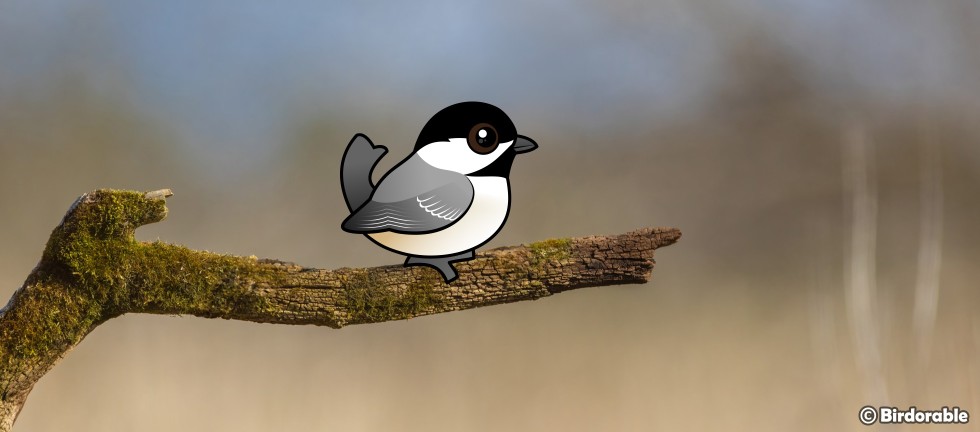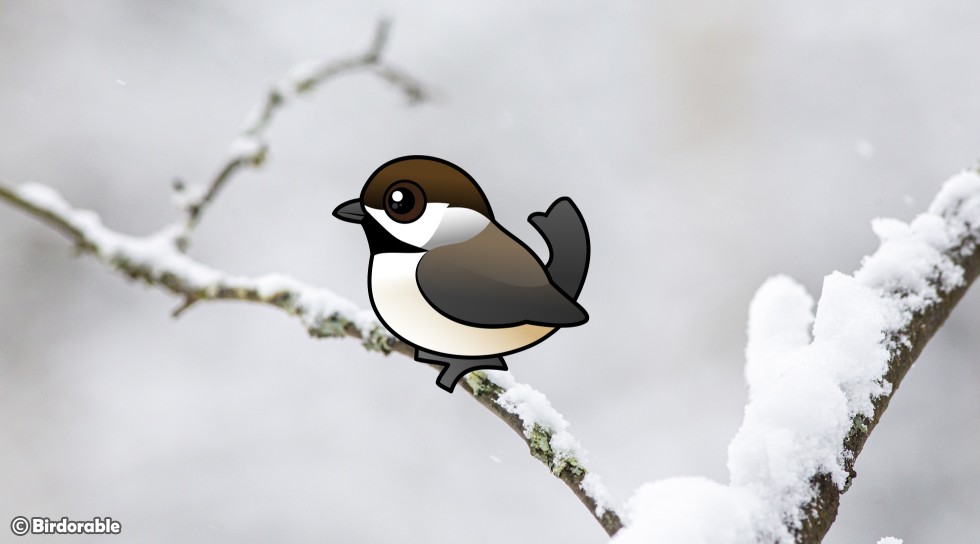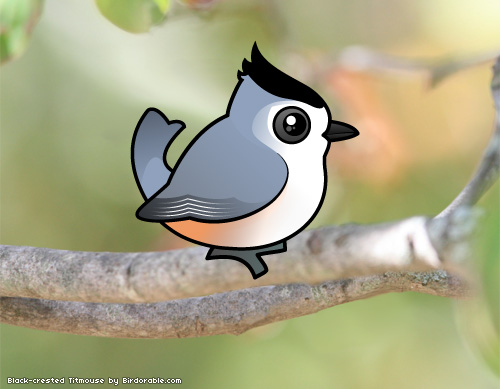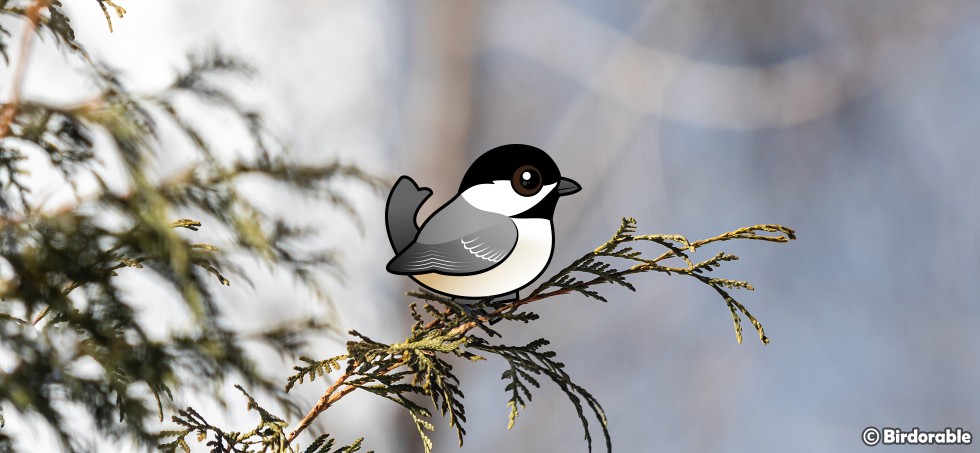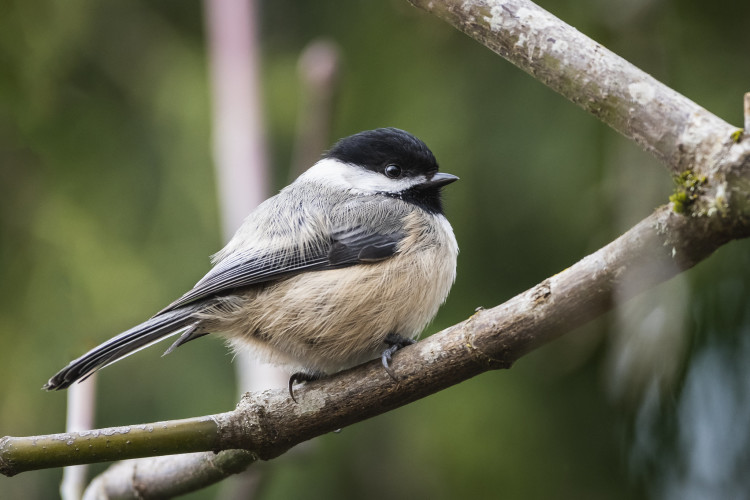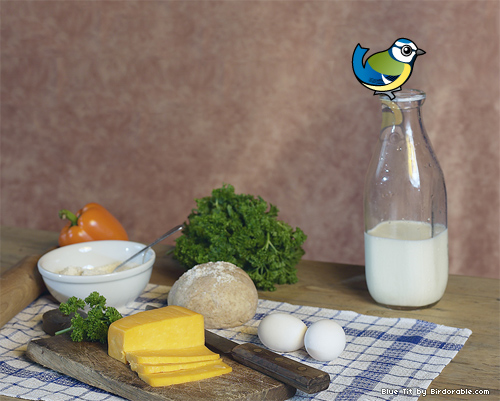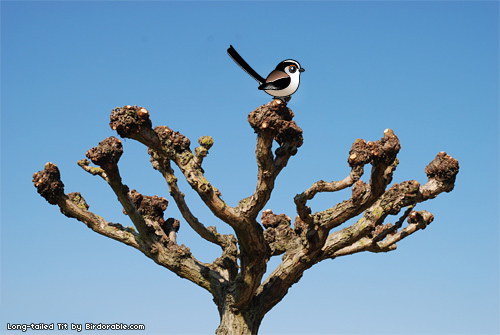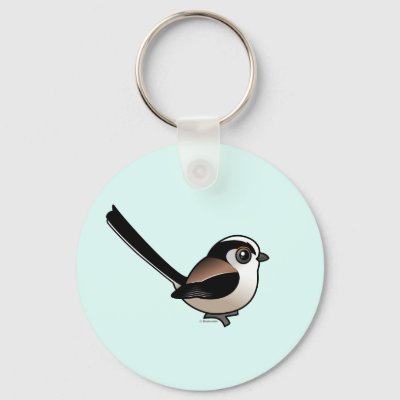2015 Bonanza Bird #21
Getting to Know the Azure Tit: A Resident Bird of Eurasia
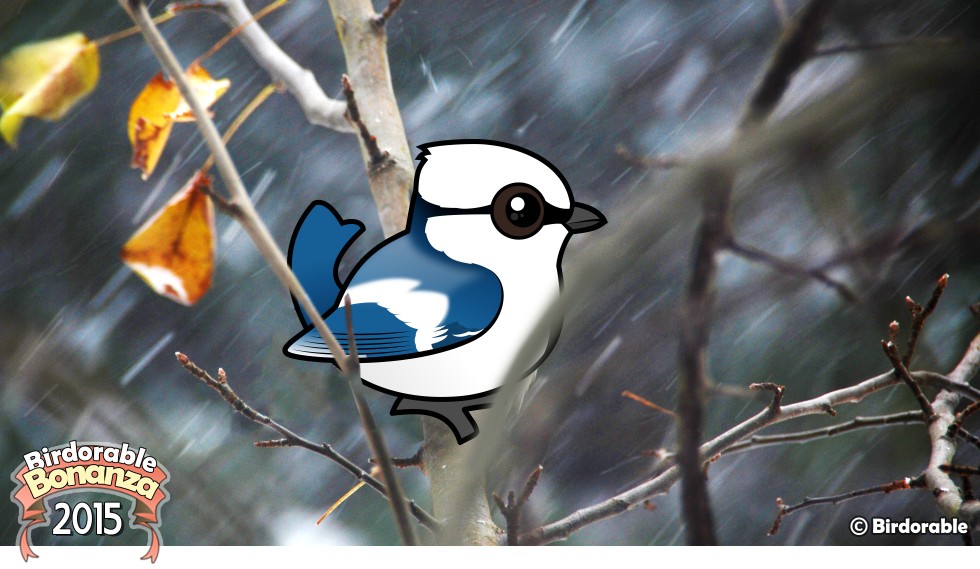
Our Birdorable Bonanza: 2015 Advent Edition is drawing to a close, but the excitement continues as we introduce more delightful birds! Today, we're thrilled to showcase a charming little bird from the family of titmice and chickadees: the Azure Tit!
Azure Tits are small songbirds with a striking appearance, native to parts of Russia and Central Asia. Primarily resident birds, they tend to stay within their range throughout the year, not undertaking long migratory journeys. Their close relationship with titmice and chickadees is evident in their behavior and adorable appearance, making them a favorite among bird enthusiasts.
The Azure Tit's habitat is quite diverse, encompassing various types of forests, including cultivated areas like orchards and gardens. This adaptability allows them to thrive in different environments. Their diet is as varied as their habitat, consisting of a mix of insects and plant material, providing them with the necessary nutrients to flourish.
During the non-breeding season, Azure Tits often join mixed foraging flocks. These flocks can include other tit species and even warblers, demonstrating their sociable nature and ability to collaborate with other bird species in search of food.
When it comes to nesting, the Azure Tit displays remarkable versatility. They prefer nesting in cavities, which can range from natural holes in trees to man-made structures or even nooks in rock piles. The female Azure Tit skillfully constructs the nest cup inside the chosen cavity, carefully lining it with soft materials like animal fur and moss to ensure a cozy environment for her eggs.
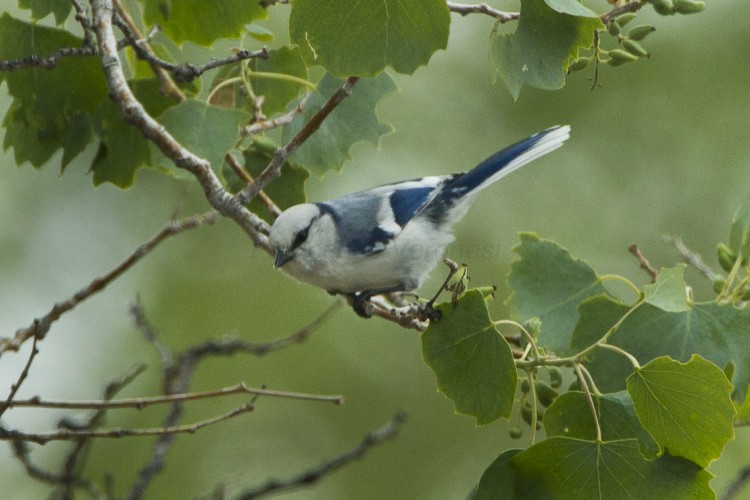
Azure Tit by Francesco Veronesi (CC BY-SA 2.0 DEED)
The Azure Tit joins Birdorable today as our 637th cute cartoon bird. Be sure to check out our selection of apparel and gifts featuring our Birdorable Azure Tit.
Tomorrow our Bonanza will reveal a widespread species of shorebird that is named for the color of its belly during the breeding season. Can you guess tomorrow's species?








